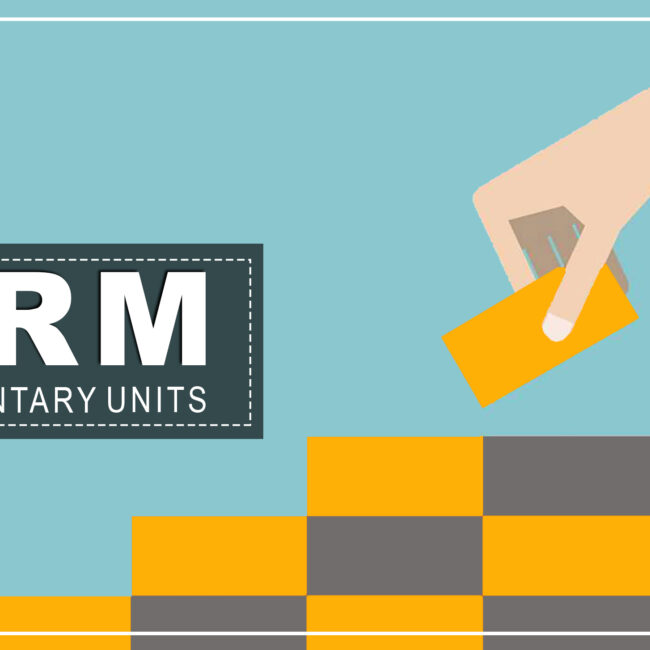
THE FINAL ELEMENT OF A SUCCESSFUL ERP

THE FINAL ELEMENT OF A SUCCESSFUL ERP
Much like the four elements of Greek mythology, there are four known elements of successful ERP implementations:
1. Data management
2. Standardized and shared data
3. Operational philosophy
4. Business strategy
Did you know there is a 5th and final element, which serves as the foundation for the rest of work? It’s an expanded level of knowledge brought about by the use of key performance indicators. This is crucial to the success of your ERP implementation.
THE 5TH ELEMENT OF ERP:
16 KEY PERFORMANCE INDICATORS
Measuring the essential 16 ERP KPIs can help to answer two fundamental questions about the health of your manufacturing operations.
How well are you using the system to manage the flow of material from suppliers and through the internal supply chain?
How well are you making and keeping promises to customers and the resulting profit for stakeholders?
1. PROJECTED INVENTORY ANALYSIS
Establishes the rate of production for the period defined by your cumulative manufacturing lead-time
2. ABC ANALYSIS
Finds the parts that are most affecting inventory and cost of goods sold values by measuring inventory velocity.
3. INVENTORY TURNS ANALYSIS
Turns faster by understanding the relationship between COGS and inventory values.
4. INVENTORY ANALYSIS
Looks at the levels of stockroom inventory and establish trends.
5. SAFETY STOCK ANALYSIS
Monitors supply chain conditions and identify and manage trends to determine the ideal balance of parts to buffer forecast errors, uncertainties in lead times, and desired service levels.
6. WORK IN PROCESS ANALYSIS
Determine the current values of inventory controlled by release shop orders. Not only at the total value but also the percentage of each aging bucket to the total WIP value.
7. OBSOLETE, SURPLUS AND ACTIVE (OSA) ANALYSIS
Establishes processes to determine why excesses are being created and then develop a plan of action to dispose of it.
8. SUPPLIER PERFORMANCE ANALYSIS
Analyzes how well suppliers are delivering based upon their quoted delivery data and determine candidates for replacement.
9. LEAD TIME ANALYSIS (INCOMING)
Uncovers how well the system is planning with further analysis of supplier performance through the review of actual versus planned lead-time.
10. PURCHASE PRICE VARIANCE ANALYSIS
Determines how well you are purchasing according to standard costs and planned material budgets.
11. SALES ORDER ANALYSIS
Monitors open sales orders in relation to their due dates to take effective action on past due orders and watching the sales horizon on future sales.
12. AGED SALES ORDER ANALYSIS
“Slices and dices” the dollar amount of open sales orders to assess the overall health of the business.
13. SHIPPING PERFORMANCE ANALYSIS
Determines the rate of orders shipped in the right quantity at the promised time, and how well you are meeting promises made to the customers on sales orders.
14. QUOTED LEAD-TIME (OUTCOMING) ANALYSIS
Measures how well you promising your customers for deliveries around your current lead-times.
15. INVOICE ANALYSIS
Monitors the overall health of the business by measuring the dollar amount of sales orders shipped and invoiced.
16. PROFIT ANALYSIS
Tracks the profit generated by period, by customer, to understand which customers are contributing
Get started today.
Visit: www.emerging-alliance.com







